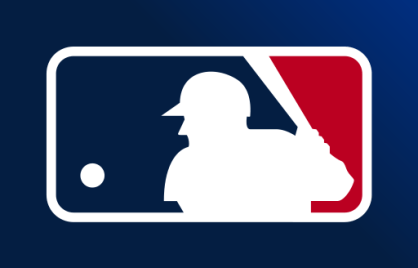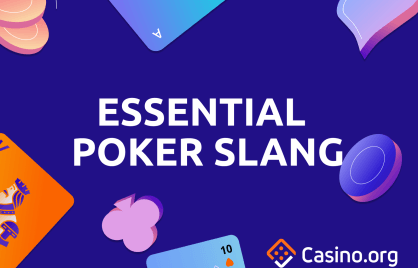Ignore the Nattering Nabobs of Negativism: Why NFL Preseason Betting Works
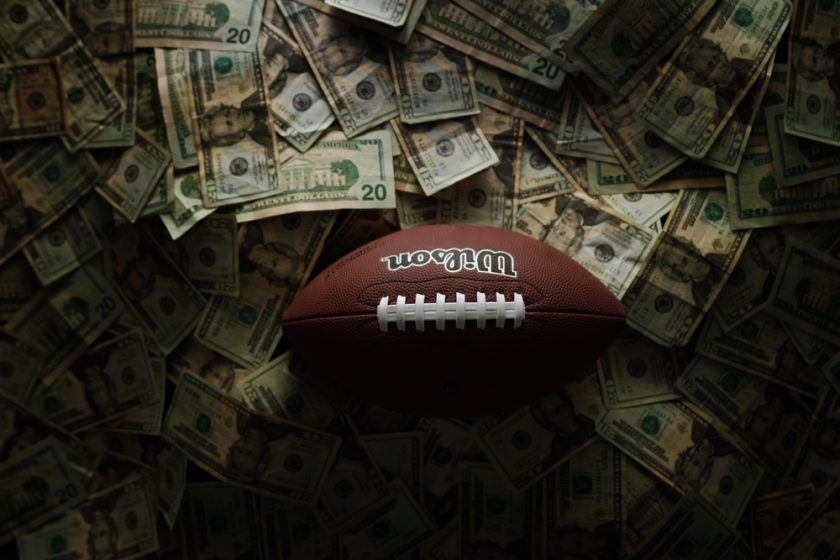
Summarize this post
The TL;DR
- Demystifying NFL Preseason Betting: Discover why NFL preseason betting presents unique opportunities, despite skepticism from some quarters.
- Advantages of Preseason Wagers: Learn about the specific benefits that set preseason betting apart, including lower stakes and untapped potential for winning.
- Insights into Team Dynamics: Understand how preseason games offer valuable insights into team rosters, coaching strategies, and player performances that can inform betting decisions.
- Effective Betting Strategies: Gain tips and strategies tailored for preseason betting to help increase your chances of making successful wagers.
- Overcoming Common Misconceptions: Address and debunk common myths about preseason betting, emphasizing the positive aspects and potential rewards it offers.
We’ve all heard the naysayers declare that betting on the NFL preseason is the ultimate act of degeneracy. “It’s a crapshoot,” they say. This is fake news. I rate it five Pinocchios.
This falsehood disregards one of the golden rules of professional sports betting: oddsmakers and square bettors hate uncertainty—pros exploit it.
Fade the Public: Bet on Hunger, Not Experience, in NFLX
Fading the public is often a profitable sports betting strategy—but it’s especially potent in the preseason. One of my highest-impact blueprints is to back the team projected to play younger, hungry quarterbacks who have something to prove.
Coaches usually announce player rotations in advance. Key details include which starters will sit, who will play and for how long, and most importantly—expected quarterback rotations. That’s where the overreactions begin.
Public bettors overvalue experience. When a team rolls out three or four veteran QBs with regular-season starts under their belts and faces a squad with a pair of unknowns, casual bettors rush to back the recognizable names. But familiarity creates a false sense of security.
Years ago, I coined these square delusions the Joey Harrington Syndrome, named after the notorious Detroit Lions’ bust.
Harrington lingered in the league as a backup for years, often leading to his preseason appearances being overhyped from a point spread perspective. I’ve since updated the assigned moniker with the likes of Jon Kitna, Andy Dalton, and Jameis Winston. The names change—the flaw in logic doesn’t.
It goes like this:
“Their second- and third-string QBs are expected to play a full quarter or more, and they have 25 and 40 NFL starts!”
Meanwhile, the other side has a rookie free agent and a third-year backup with limited action. That’s when I hear the classic setup to a losing ticket.
There’s a reason someone with 57 career starts is now battling just to be a clipboard holder. These underachieving turnover machines are often up against young, hungry defenders going full throttle, fighting for their NFL lives.
And the public bias is already baked into the line. Let the handle followers inflate it—we’ll swoop in on the team with less name recognition but far more urgency.
This isn’t just about quarterbacks, either. When a reliable source confirms one team plans to play starters longer than expected, the public piles on. That’s when fading the overreaction becomes another winning play.
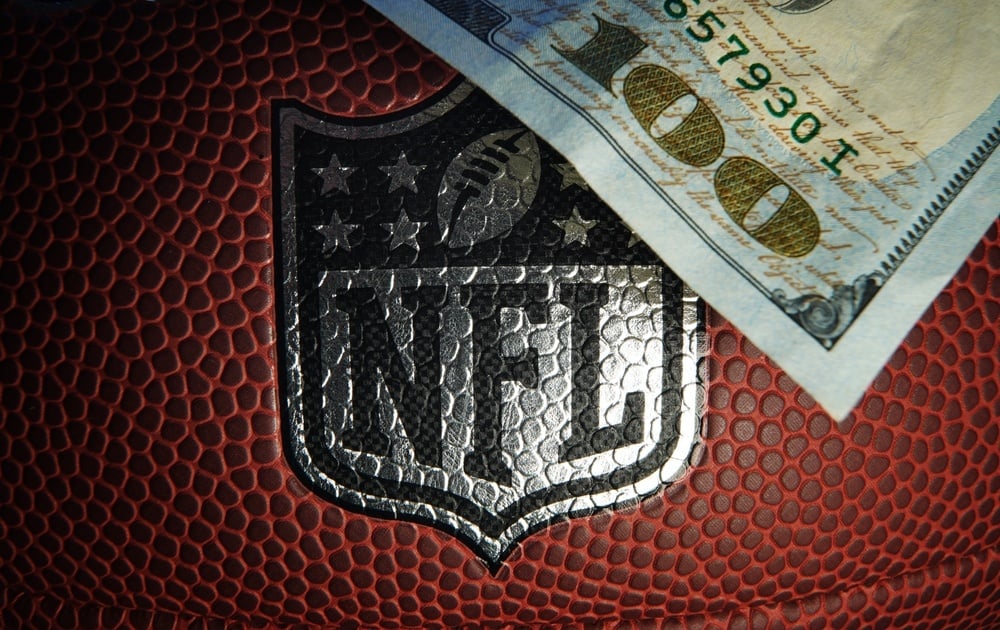
Title Image Credit: zimmytws/Shutterstock
Line Moves are More Critical in NFLX
Nothing screams “rookie” louder than chasing steam—betting a team after the line has moved. If sharps grabbed the Steelers at +2 and pushed the line to pick ’em, the followers still pile on at the worse number.
This flawed thinking shows up in gems like:
“If you loved them at +2, you should still cherish them at pick ’em!”
It’s followed up by some poppycock about if your play needs that extra point or two, then it can’t be that good of a pick.
Wrong.
Inexperienced bettors believe the best bets are the ones that win by double digits. But pros build bankrolls on razor-thin margins—winning by a point or two. The goal is value, not blowouts.
The smaller the total, the more impactful a line move becomes. For example, a two-point spread shift on a game with a total of 34 points reflects a 5.88% market move. That same two-point shift with a total of 58 represents only a 3.45% change.
Two points aren’t always equal—especially when totals are low, as they are in NFL preseason, often in the low-to-mid 30s. What seems like a “small” move to the public is massive in sharp circles.
That’s why zigging while squares zag is even more valuable in August. Sportsbooks must cater to the public—who are playing checkers on a chessboard.
The Game is Changing—Know When to Trust Line Moves
Of course, there are outliers.
First-year head coaches on losing teams may say they want to instill a winning culture starting in the preseason. And sometimes, the edge comes from local media tidbits—such as preseason home game tickets going for more than face value and selling out—adding incentive to perform, especially for historically bad franchises like the recent Detroit Lions.
With the regular season now at 17 games and the possibility of 21 total contests for Super Bowl contenders, coaches vary their preseason strategies. Some still use the third game as the “dress rehearsal.”
Other coached switch to the second game as their prep contest, while others opt for minimal starter reps across all contests. And there is even a hybrid of second and third game mixing and matching starters and more elaborate game plans.
This variance creates huge edges for middlers, bet middlers as I like to call them—bettors who grab both sides of a moving line. For example, bet a favorite at -3 early, then take the underdog at +7 close to kickoff.
Evaluating why a line moved is now more nuanced than ever. But two foundational principles remain:
- If both teams are reported to be rotating QBs fairly evenly, lean toward the team with less experienced passers.
- If a line moves because one team is expected to play starters slightly more, that’s often a public overreaction—fade it.

Title Image Credit: Grindstone Media Group/Shutterstock
The More Things Change, The More They Change The Same
Yes, NFLX is evolving. Teams went from four preseason games to three, and approaches are far less uniform. Still, the underlying truth remains:
Counterintuitive thinking wins.
Small underdogs continue to be profitable. Why? Because uncertainty favors the underdog, especially when the public’s betting based on assumptions, not analysis.
That chaos? It’s your edge.
The more casual money floods the market, the more value there is in being a contrarian with a strategy.
Contrarian Betting Intel Matters More Than Ever
In an upcoming article, we’ll dive deeper into how to use contrarian insights—how to weigh public betting splits, interpret line moves, and identify sharp vs. square action. The intel is widely available but knowing how to interpret it is the true edge.
In the NFL preseason, when the fog of war is thickest, contrarian data becomes pure gold.
Better Odds in The Gray Area
Ignore—if not quietly mock—those who warn against betting on the NFL preseason.
Oddsmakers still have to post lines, even when they’re operating in the dark. Their risk is higher, and that’s exactly where the informed bettor thrives.
While the regular season is even more about beating line moves, preseason is too but for different reasons. It’s about reading coaches’ intentions and team motivations while staying ahead of market reaction. Still though, the best NFLX bettors are patient opportunists—willing to wait and strike once value emerges.
Advanced analytics, AI prediction models, and regression to the mean are all powerful tools once the games count. But in August? Those tools take a back seat to experience, instinct, and insider intel.
Even I—as a 38-year veteran of professional gambling—have to recalibrate. I love the objectivity that my regular-season systems bring. For example, one of the top angles stored in my database recommends betting early-season road underdogs under specific conditions. It has hit at a 243-154-7 rate over several decades.
True, there’s no universal point spread—lines can vary based on timing and the sportsbook. But after cross-referencing systems across numerous databases, I’ve rarely found any significant divergence. A line move might even trigger a system to apply after it was outside the parameters pre-move.
Come Labor Day through Super Sunday, my models and simulators may indicate a bet has a 63 percent chance to cover, giving me outstanding expected value. And while I find contentment in quantifying bets with numbers, I happily lean into my more subjective guidelines in preseason.
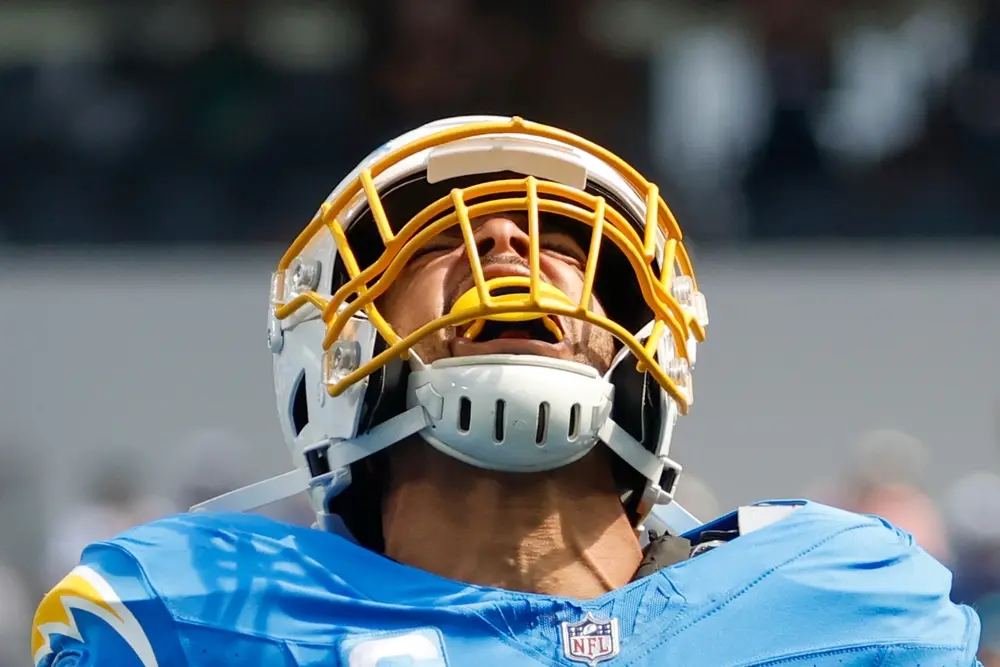
Title Image Credit: amine chakour/Shutterstock
Get Out of Your Comfort Zone and Into NFL Preseason Betting
Comfort zones are the enemy of progress and proper adjustments—but sharp bettors are immune to staying inside the restrictions of a personal bubble.
One of my greatest betting lessons is this: while some fundamentals carry across sports, each has its own identity. Computer software has reinforced this. For example, NFL and NBA angles often rely on regression to the mean, while college football and basketball tend to reward momentum-based models.
NFLX? It’s a different sport entirely.
Preseason football arguably features the widest gulf between sharp and square bettors. Myths abound, and line moves are often misguided. Never let what works in one sport—like backing the “hotter team”—bias your thinking in another. That’s why some of the best regular-season NFL handicappers skip preseason entirely.
It’s a different beast and they acknowledge they can’t adapt.
The statistical modeling I cherish? It takes a back seat during this short window. Preseason is the time for old-school, organic handicapping—free from overreliance on algorithms.
A square handicapper may say he’s desperately searching for “intangibles” to justify a horrible pick. Hey, we need those Oscar Bagadonuts types to bankroll the bookmakers for us—while perpetuating common fallacies—so by all means, encourage them to stick around.
Pros don’t desperately search for anything—but they do recognize that preseason is the one time when intangibles can outweigh data models. Web-surfing for news, beat writer nuggets, and subtle coaching cues becomes more valuable than ever.
Elite data systems still play a role in NFLX, but they’re weighted less—until we return to full-throttle quant mode once toe meets leather after Labor Day.
Understand how NFL coaches approach the preseason. Exploit it. And when the lights come on for Week 1, you’ll already have a bloated bankroll to work with. Pro bettors are always in regular season form!
Title Image Credit: zimmytws/Shutterstock

